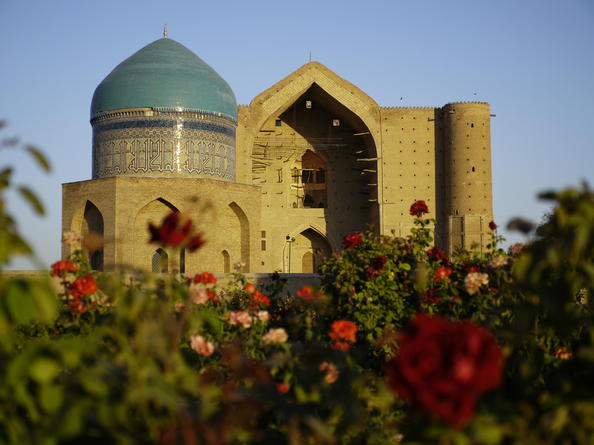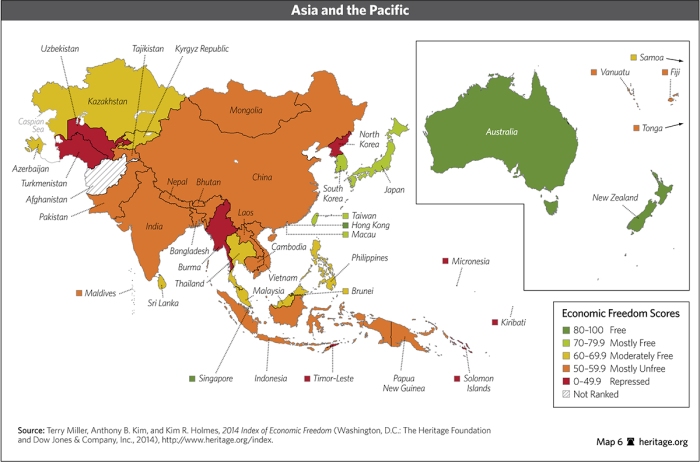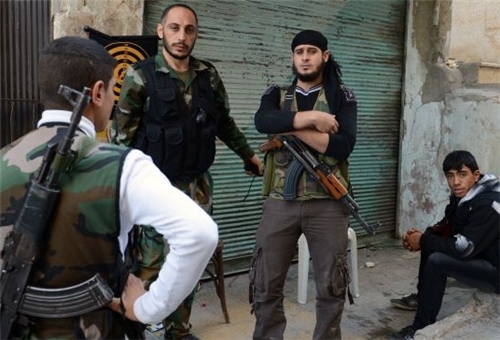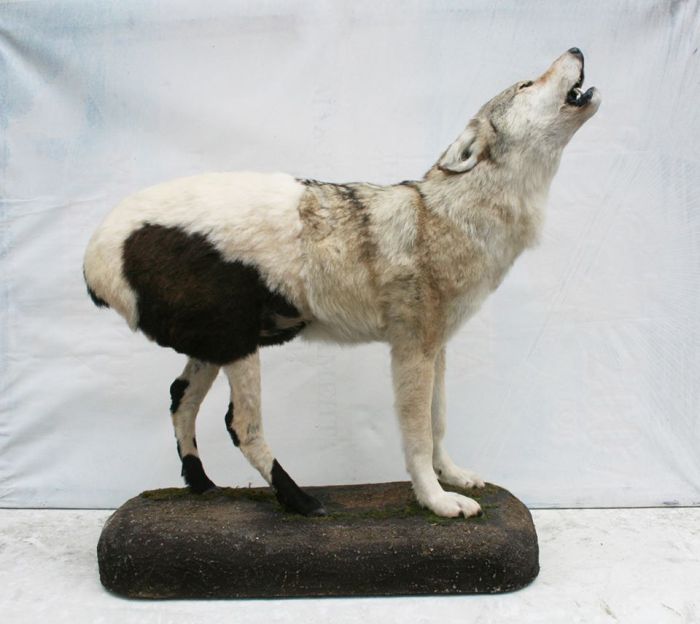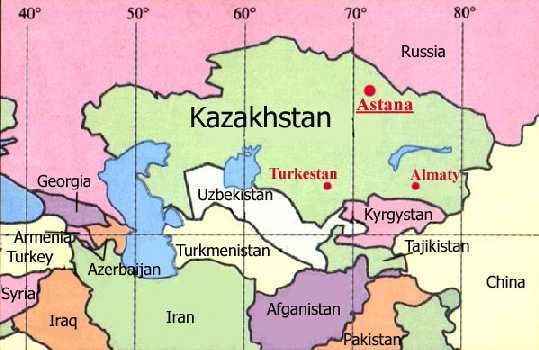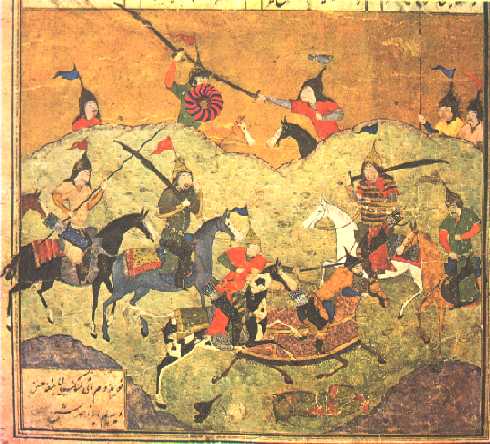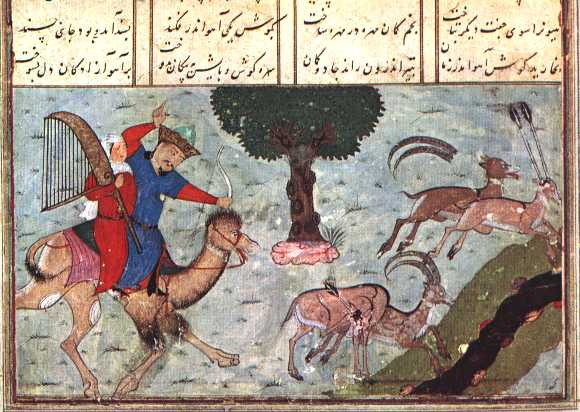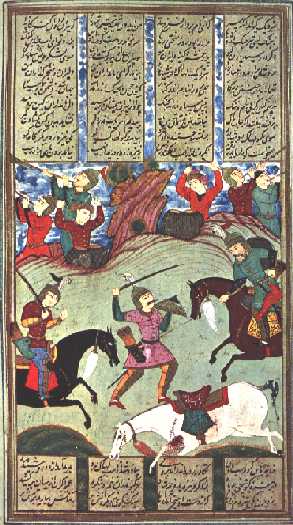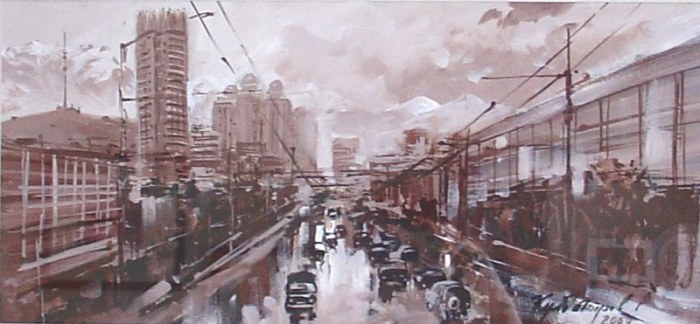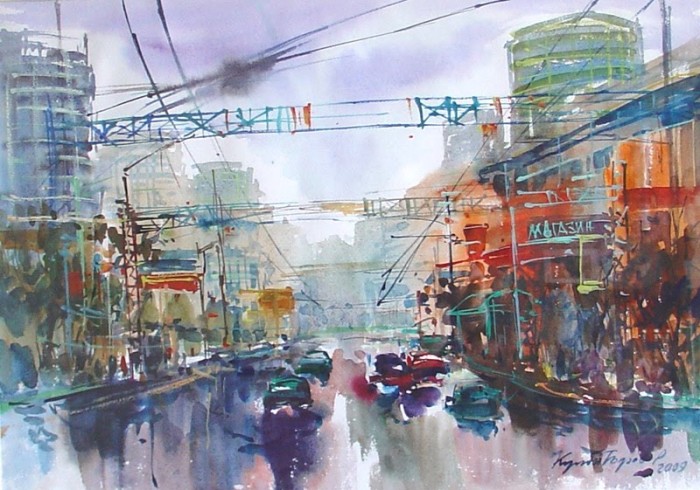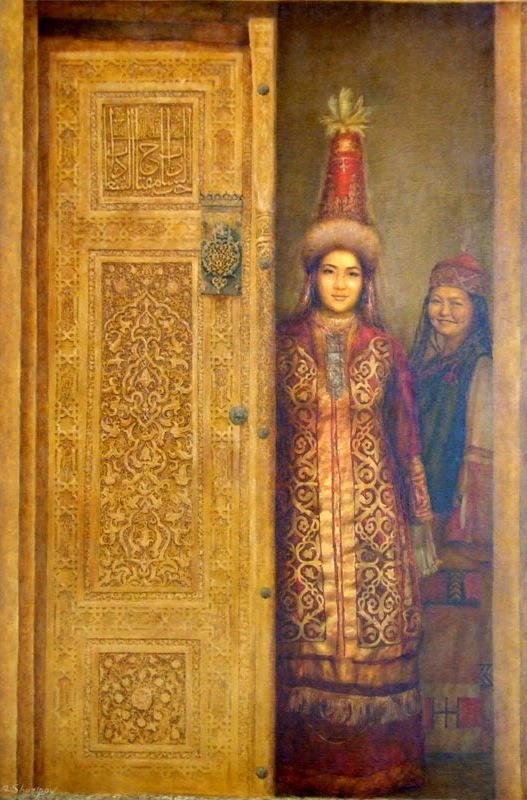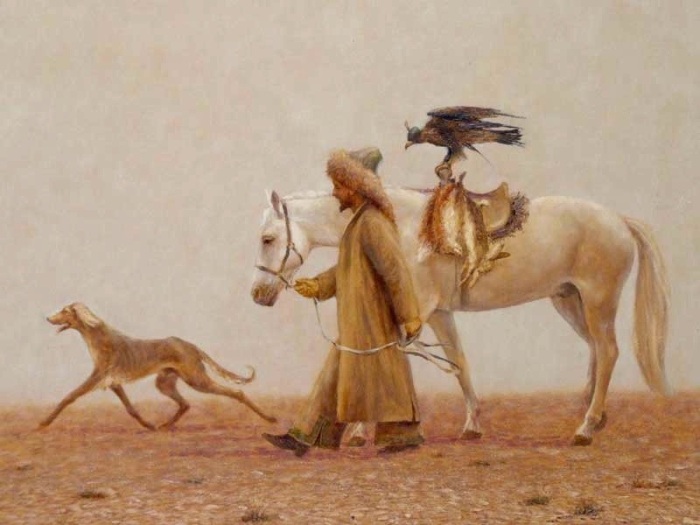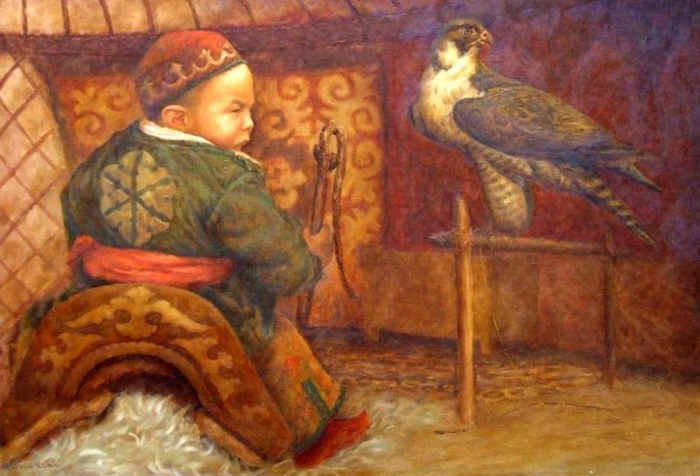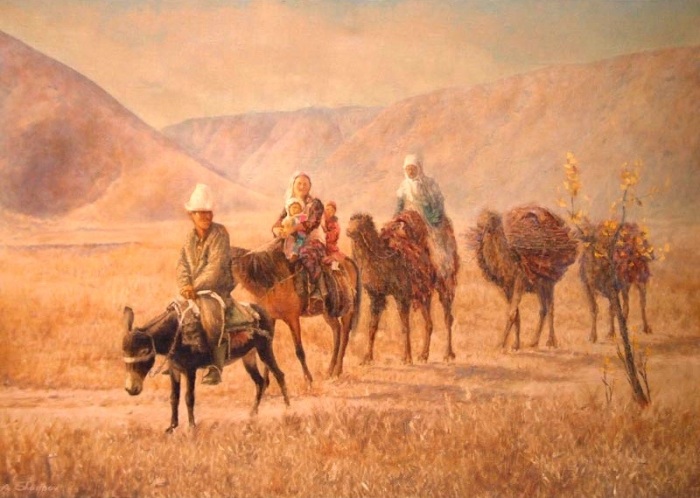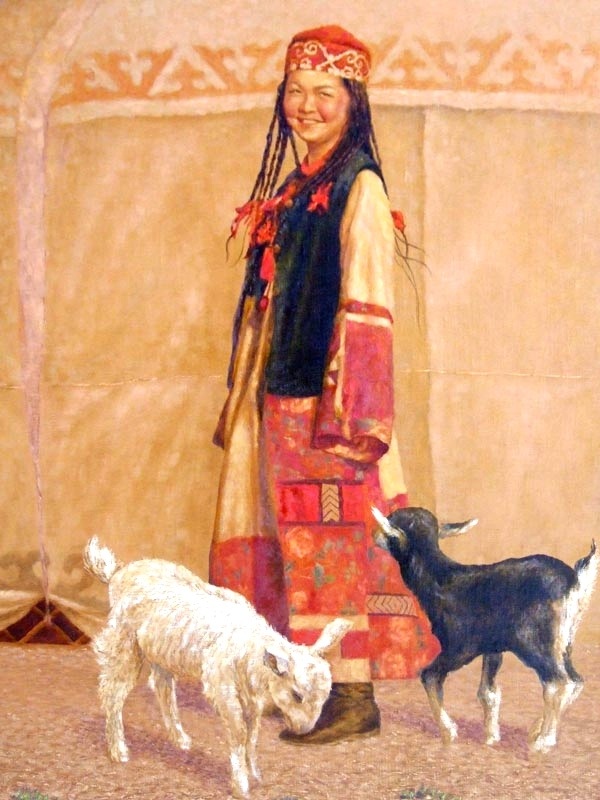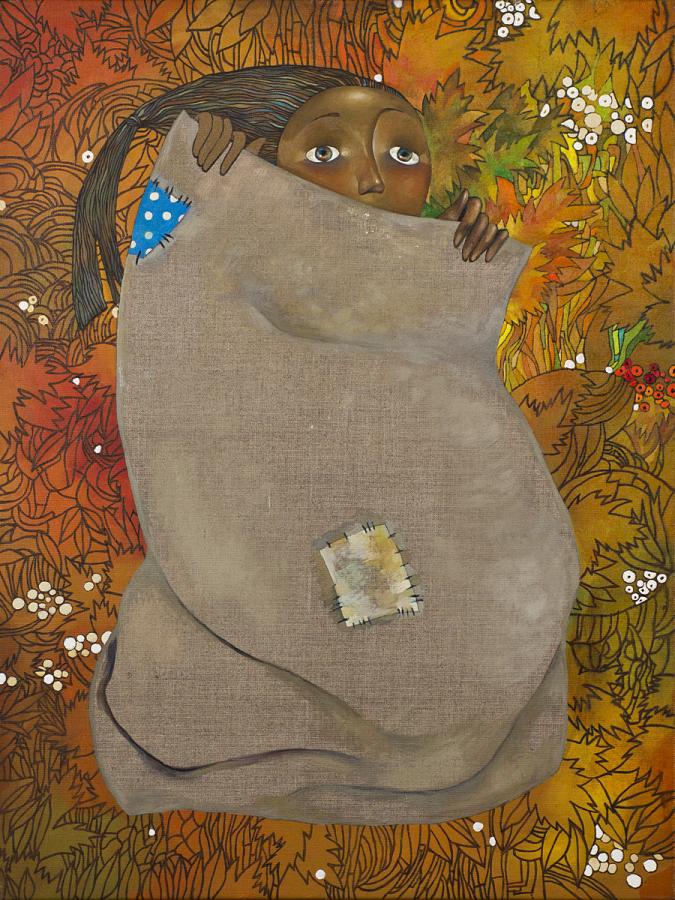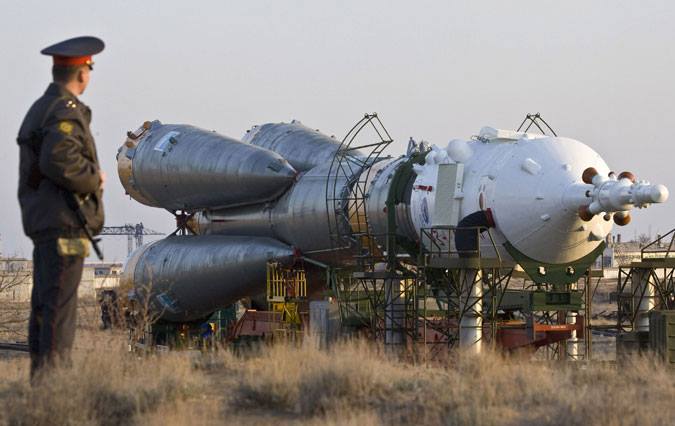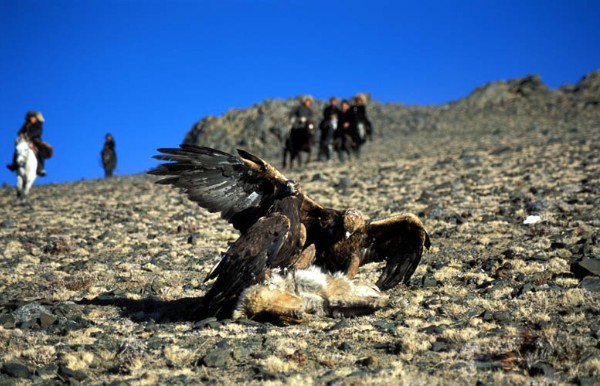Mausoleum of Khoja Ahmed Yasawi
The Mausoleum of Khoja Ahmed Yasawi and its site represent an exceptional testimony to the culture of the Central Asian region, and to the development of building technology. It was a prototype for the development of a major building type in the Timurid period, becoming a significant reference in the history of Timurid architecture and contributing significantly to the development of Islamic religious architecture.
The origins of the modern town of Turkestan go back to the early Middle Ages. At first known as Yasi, it was a suburban area of Shavgar, in the region of Syr Daria, the crossroads of agricultural and nomadic cultures. Shavgar developed into a large handicraft and trade centre, but from the 12th century, Yasi gained in importance over it. Pilgrimage to the tomb of Ahmed Yasawi was another factor that contributed to its development. In the 1370s, Timur (Tamerlane, c . 1336-1405) became the new ruler of Central Asia, and his reign extended from Mesopotamia and Iran to Transoxiana. His capital was Samarkand.
Timur’s policies involved the construction of monumental public and cult buildings (mosques, mausoleums,madrasas ) in regions such as Syr Daria, where towns were vital outposts on the northern frontier of his possessions, including the Mausoleum of Ahmed Yasawi. Timur’s wish was to contribute to the diffusion of Islam, but even more so to fulfill specific political objectives. The Mausoleum of Khoja Ahmed Yasawi, a distinguished Sufi master of the 12th century, is situated in southern Kazakhstan, in the city of Turkestan (Yasi). The mausoleum is placed in the area of the former citadel, in the north-eastern part of the ancient town, now an open archaeological site. To the south, there is a nature protection area; on the other sides the modern city of Turkestan surrounds the site. The property is limited to the mausoleum of Ahmed Yasawi; the buffer zone covers the archaeological area of the ancient town.
The mausoleum was built between 1389 and 1399, continuing until the death of Timur in 1405. The building was left unfinished at the entrance and some parts of the interior, thus providing documented evidence of the working methods at that time. In the 16th century, the mausoleum went through some repair and reconstruction on the main portal; the arch was repaired by Abdullah Khan, the governor of Bokhara. From this time until the 19th century, Turkestan was the residence of the Kazakh khans. In the 19th century, Kokand Khan turned the mausoleum into a fortress, and built a defensive wall around it in mud brick.
The mausoleum is one of the largest built in the Timurid period. There are some other buildings in the vicinity, including mausolea for distinguished persons, small mosques, and a medieval bath house. On the north side, the mausoleum is separated from the new town by a section of the ancient citadel wall, which has here been reconstructed. The structure of the building is in fired brick with mortar of gypsum mixed with clay (ganch). The foundations were originally built from layers of clay, but these have recently been rebuilt in concrete. The main entrance is from the south-east through the iwan into the large square Main Hall, Kazandyk, covered with a conic-spherical dome, the largest in Central Asia (18.2 m in diameter). In the centre of this hall is a bronze cauldron (kazan ) for ritual purposes, dated 1399. The tomb of Khoja Ahmed Yasawi (Gur khana), the most important space, is situated on the central axis at the end of the building in the north-west. The sarcophagus is in the centre of this space.
The building has spaces assigned for several functions: as meeting rooms, a refectory (Ash khana), a library (Kitab khana), and a mosque. The mosque is the only room where fragments of the original wall paintings are preserved, which are geometric and floral ornaments in light blue color. The intrados of the domes is decorated in alabaster stalactites (muqarnas ). In the exterior, the walls are covered with glazed tiles with large geometric patterns with epigraphic ornaments, characteristic of Timurid architecture.
There are fine Kufic inscriptions on the walls and texts from the Qu’ran on the drums of the domes. The building remained unfinished at the death of Timur in 1405, and was never completed, and so the main entrance still lacks the surface finish and the two minarets that were planned. See more…
